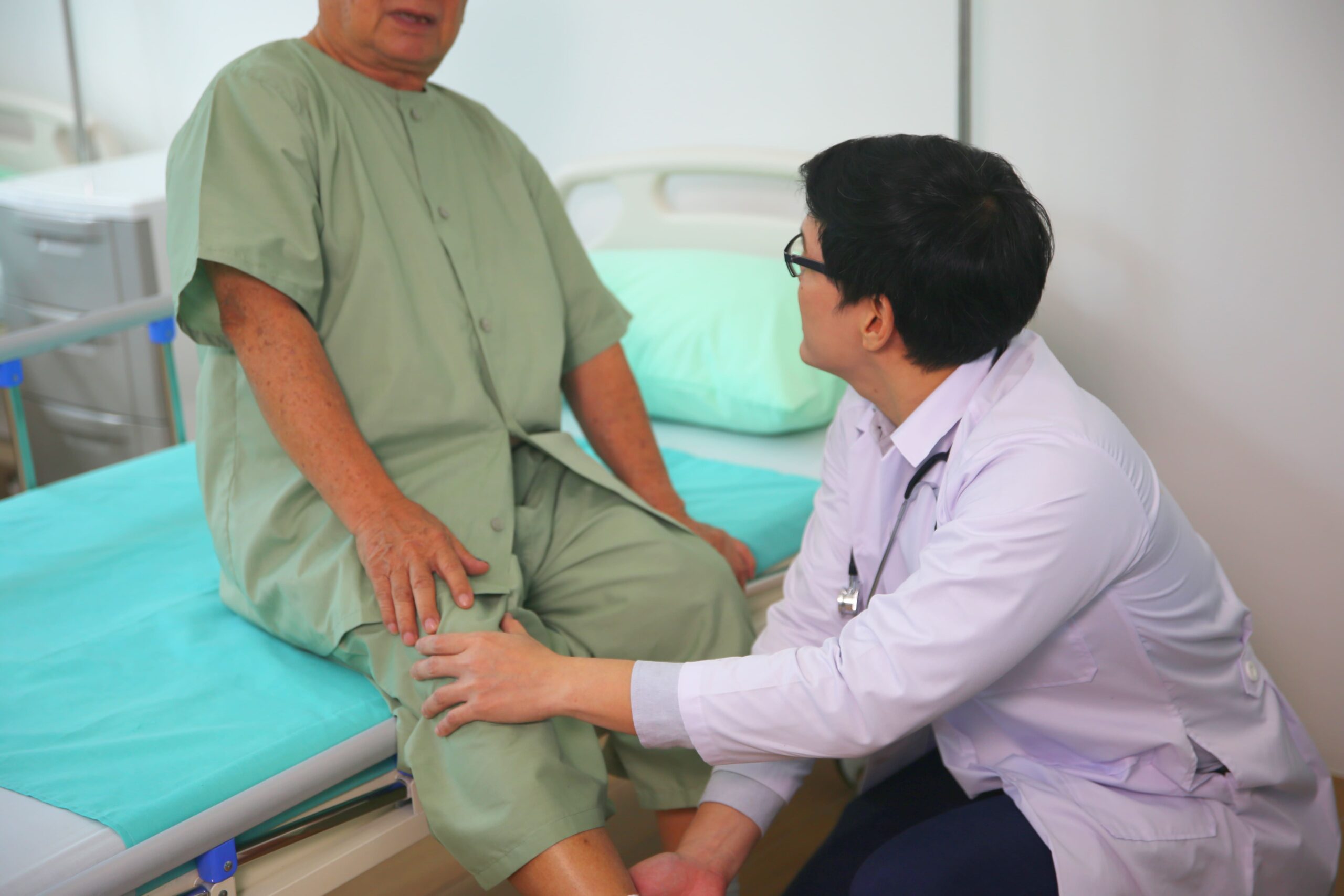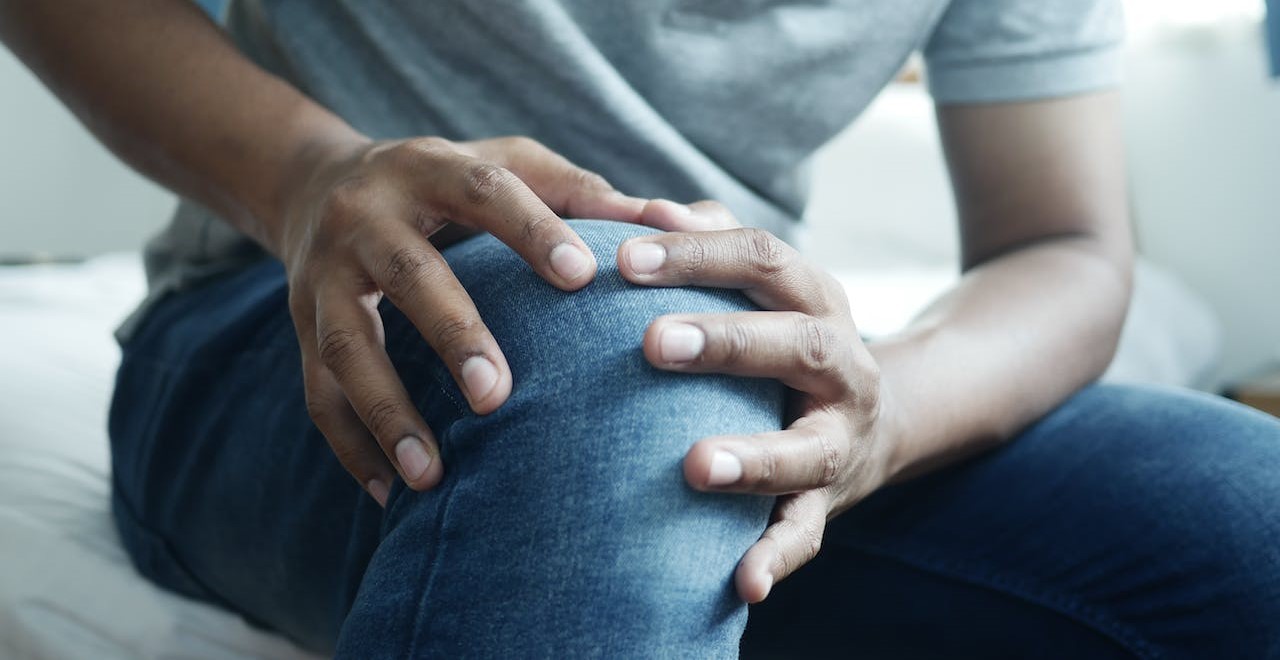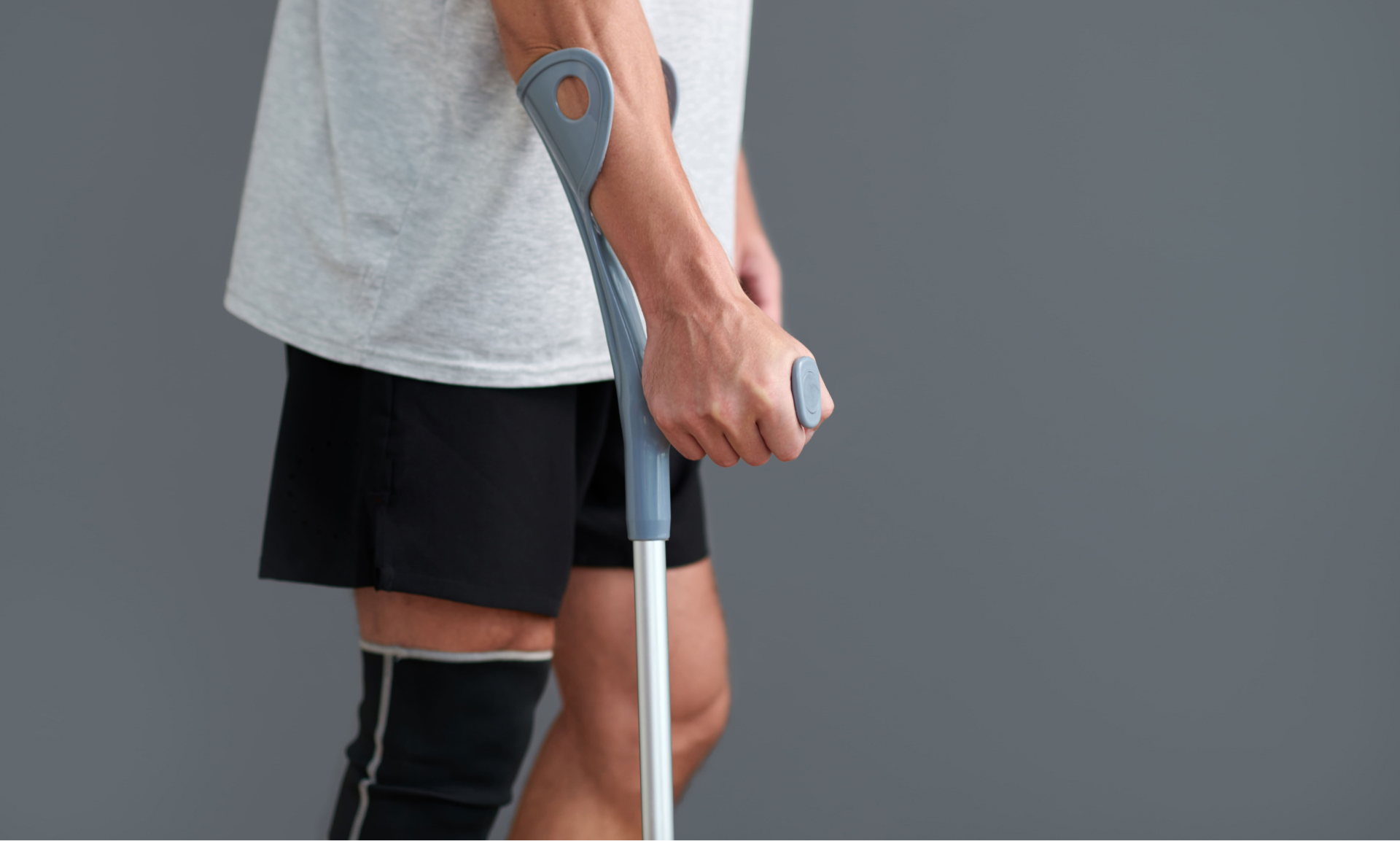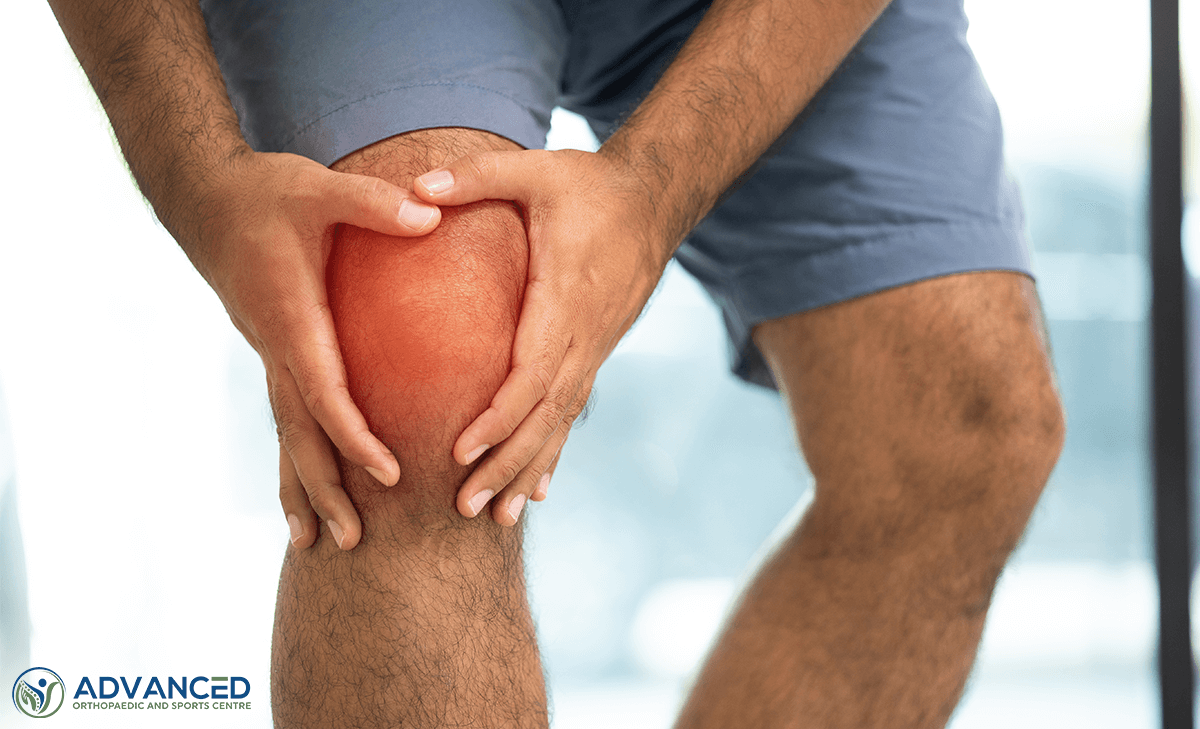Introduction
Knee osteoarthritis (OA) is a chronic condition marked by the progressive deterioration of joint cartilage, leading to pain, stiffness, and reduced mobility. As a common form of arthritis, it significantly impacts the quality of life for people affected. The management of knee OA involves a variety of treatment options tailored to alleviate symptoms and improve joint function.
Understanding Knee Osteoarthritis
Symptoms
Knee osteoarthritis manifests through a range of symptoms, and can vary in severity from person to person. Common indicators include:
- Persistent knee pain that worsens with joint use
- Stiffness, especially in the morning or after periods of inactivity
- Swelling around the knee joint
- A feeling of warmth in the joint
- Decreased mobility, making it difficult to perform everyday activities
- A grating sensation or the sound of bone rubbing against bone
Causes
The causes of knee osteoarthritis are multifaceted, with several contributing factors:
- Age: The risk of developing OA increases with age.
- Gender: Women are more likely to develop OA than men, especially after the age of 50.
- Obesity: Excess weight puts additional pressure on the knee joints, accelerating cartilage wear.
- Joint injuries: Previous injuries to the knee, such as fractures or ligament tears, can lead to OA.
- Repetitive stress: Jobs or sports involving repetitive knee stress can increase the risk.
- Genetic predisposition: OA has a genetic component, making it more likely in some families.
- Bone deformities: Congenital or developmental conditions that affect the shape of the bones around the knee joint can increase the risk of OA.
Non-Pharmacological Treatments
Non-pharmacological treatments focus on alleviating symptoms and improving joint function without medication. These approaches are often recommended as the first line of treatment and can be beneficial in managing mild to moderate OA. Key strategies include:
Weight Management
Reducing body weight can significantly decrease knee joint stress, lessen pain and prevent further damage. Even modest weight loss has been shown to have a positive impact on symptom relief.
Physical Therapy
A tailored physical therapy program can help strengthen the muscles around the knee, improving stability and mobility. Exercises may focus on enhancing flexibility, balance, and overall fitness.
Exercise
Regular, low-impact exercise such as walking, swimming, or cycling maintains joint mobility and reduces symptoms. It’s important to balance activity with periods of rest to avoid overexertion.
Assistive Devices
Using canes, orthotic devices, or supportive shoes can help distribute weight more evenly, reducing strain on the knee joint. Special braces may also be recommended to stabilise the knee.
Heat and Cold Therapy
Applying heat can help relax muscles and alleviate pain, while cold therapy can reduce swelling and inflammation. Alternating between the two can be particularly effective for symptom management.
Pharmacological Treatments
Pharmacological treatments for knee osteoarthritis aim to relieve pain and reduce inflammation, thereby improving the quality of life for people affected by the condition. These medications should be used cautiously, considering potential side effects and personalised patient needs. Key options include:
Analgesics
- Acetaminophen (Paracetamol): Often recommended as a first-line treatment for mild to moderate knee pain without significant inflammation.
- Topical Analgesics: Creams and gels containing capsaicin or nonsteroidal anti-inflammatory drugs (NSAIDs) can be applied directly to the knee to relieve pain.
Nonsteroidal Anti-Inflammatory Drugs (NSAIDs)
- Oral NSAIDs: Ibuprofen, naproxen, and celecoxib are effective in reducing pain and inflammation. Potential gastrointestinal, cardiovascular, and renal side effects limit long-term use.
- Topical NSAIDs: Gels or creams applied to the skin over the knee, offering pain relief with fewer systemic side effects.
Supplements
- Glucosamine and Chondroitin Sulfate: These supplements are popular for their potential to alleviate pain and improve joint health, although research results are mixed regarding their effectiveness.
Injections for Knee Osteoarthritis
Injections are an important component of treatments for knee osteoarthritis, especially when oral medications are insufficient. These interventions can provide significant pain relief and improved joint function. The main types of injections used include:
- Corticosteroid Injections: Injected directly into the knee joint, corticosteroids can rapidly reduce inflammation and pain.
- Hyaluronic Acid Injections: Hyaluronic acid is a natural component of joint fluid that helps lubricate and cushion joints, improving mobility and reducing pain.
- Platelet-Rich Plasma (PRP) Injections: PRP involves injecting a concentration of the patient’s platelets, obtained from their blood, into the knee.
- Stem Cell Injections: Involve the body’s stem cells in promoting regeneration and repair in the knee joint.
Surgical Treatment Options
For patients with advanced knee osteoarthritis unresponsive to less invasive treatments, surgical options can offer significant relief. The main surgical procedures include:
Arthroscopy
It is used for cleaning out the knee joint and addressing minor issues, though its effectiveness for OA is debated.
Osteotomy
It reshapes the bone to relieve pressure on the knee and is suitable for younger patients with limited OA.
Partial Knee Replacement (PKR)
It replaces only the damaged part of the knee for OA confined to a single compartment.
Total Knee Replacement (TKR)
It replaces the entire knee joint in cases of advanced OA, offering substantial improvement in function and pain relief.
Conclusion
Effective management of knee osteoarthritis requires a multifaceted approach, combining different strategies and techniques. Tailoring the treatment plan to the person’s specific symptoms, lifestyle, and goals is important for the patient’s optimal recovery.




